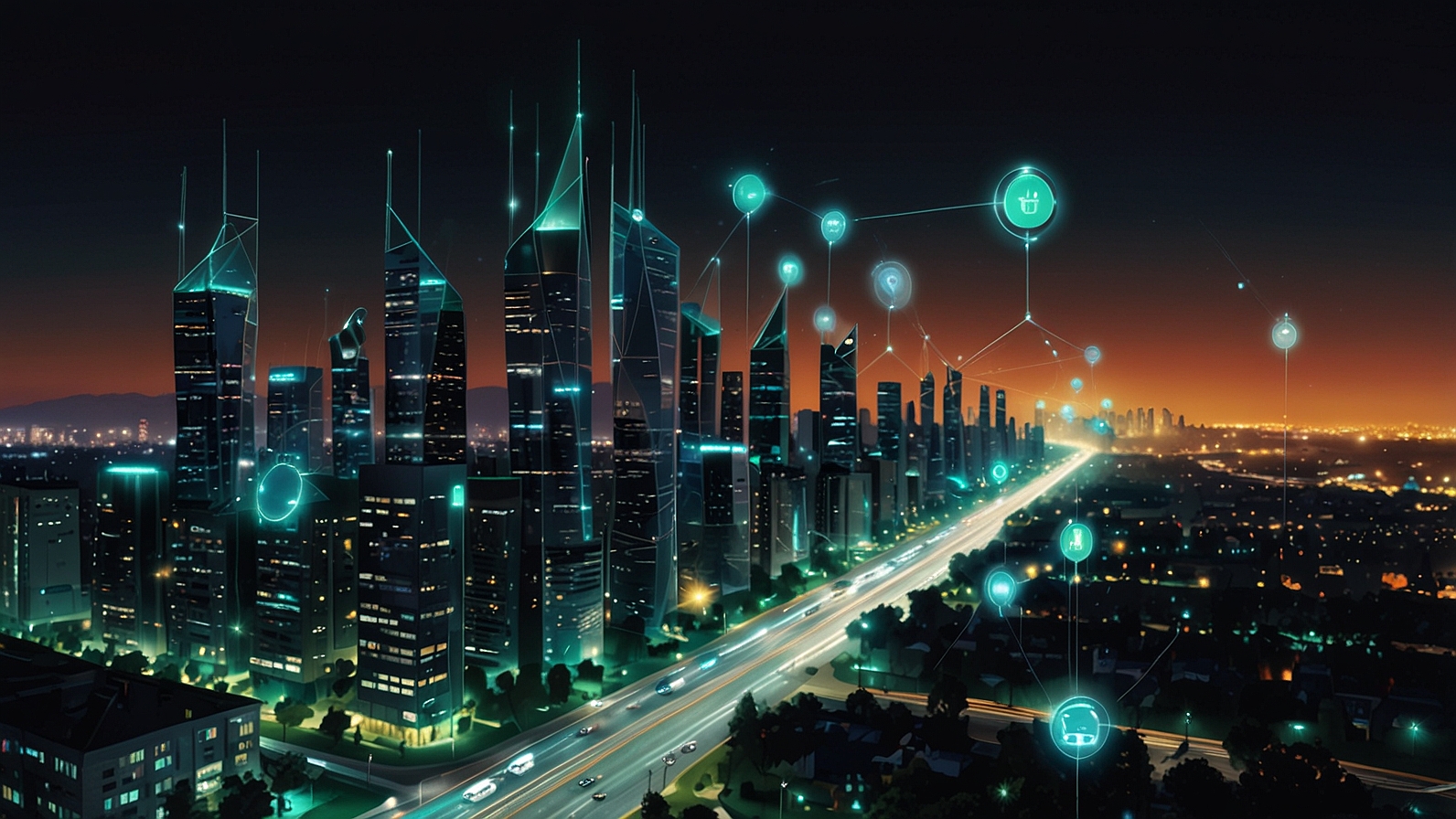The automotive industry is evolving, and with it, the way people access vehicles. Car subscriptions, a relatively new model, are emerging as a flexible alternative to traditional car ownership and leasing. Offering convenience and adaptability, car subscriptions could be the future of vehicle ownership. This article explores the concept, its benefits, and the challenges it faces in becoming a mainstream solution.
What Are Car Subscriptions?
Car subscriptions are a service model where customers pay a monthly fee to access a vehicle. Unlike leasing or financing, subscriptions often include additional perks like maintenance, insurance, and roadside assistance in one bundled cost. Depending on the provider, users can switch between vehicles, offering unprecedented flexibility.
Some of the notable companies offering car subscription services include:
- Traditional Automakers: Brands like Volvo (Care by Volvo) and Porsche (Porsche Drive) provide in-house subscription options.
- Third-Party Services: Platforms like Flexcar and Autonomy aggregate vehicles from various brands to offer subscription-based solutions.
How Do Car Subscriptions Work?
- Choose a Plan: Customers select a subscription package that fits their needs—this might be based on vehicle type, mileage limits, or duration.
- Pay a Monthly Fee: Fees typically cover the cost of the vehicle, maintenance, insurance, and additional services. Prices vary widely depending on the car model and service provider.
- Drive and Switch: Many programs allow users to swap vehicles within their subscription tier, offering the opportunity to try different cars for various needs.
Benefits of Car Subscriptions
Car subscriptions offer several advantages that cater to modern lifestyles and preferences:
1. Flexibility
- Subscriptions allow users to swap vehicles frequently, catering to changing needs. For instance, you can drive a sedan during the week and switch to an SUV for a weekend road trip.
- Most plans are short-term or month-to-month, avoiding the long commitments associated with leases or purchases.
2. All-Inclusive Pricing
- The monthly fee typically includes insurance, maintenance, and registration costs, simplifying budgeting.
- No need to worry about unexpected expenses like repairs or annual insurance renewals.
3. Access to Premium Vehicles
- Subscriptions often provide access to high-end or luxury vehicles without the upfront cost of purchasing them.
- Users can experience driving different makes and models, which can be appealing to car enthusiasts.
4. No Depreciation Worries
- Vehicle owners face depreciation as a significant cost, but subscribers avoid this entirely.
- At the end of the subscription, you simply return the car without worrying about resale value.
Who Are Car Subscriptions For?
Car subscriptions appeal to a wide range of people:
- Urban Residents: City dwellers who occasionally need a car but don’t want the hassle of ownership.
- Frequent Travelers: People who prefer the convenience of having access to different vehicles at various locations.
- Luxury Enthusiasts: Drivers who enjoy trying out new models without committing to a purchase.
- Short-Term Residents: Those living in a city temporarily may find subscriptions more practical than buying or leasing.
Challenges Facing Car Subscriptions
Despite their advantages, car subscriptions have hurdles to overcome:
1. Cost
- Subscriptions can be more expensive than leasing or owning a vehicle long-term.
- The convenience of an all-inclusive service comes at a premium, which might deter budget-conscious customers.
2. Limited Availability
- Car subscription programs are still in their infancy and are primarily available in urban or high-demand areas.
- Availability of specific vehicle models can vary by location and provider.
3. Lack of Ownership
- Some people prefer owning a car as a tangible asset, especially if they drive the same vehicle for many years.
- The sense of pride and customization that comes with car ownership is absent in subscription models.
4. Mileage and Usage Restrictions
- Many subscription plans come with mileage caps, which can be restrictive for long-distance travelers.
- Users might also face limitations on vehicle usage, such as taking the car out of state or country.
Car Subscriptions vs. Traditional Ownership
| Feature | Car Subscription | Traditional Ownership |
|---|---|---|
| Commitment | Short-term, flexible | Long-term, fixed |
| Costs | All-inclusive, higher monthly fees | Separate costs for insurance, maintenance |
| Ownership | No ownership, temporary use | Full ownership |
| Depreciation | Not a concern | Significant over time |
| Vehicle Swapping | Frequent swapping allowed | Not applicable |
The Future of Car Subscriptions
The demand for car subscriptions is expected to grow as mobility preferences shift. Younger generations, in particular, value experiences and flexibility over ownership. Coupled with advancements in electric vehicles (EVs) and autonomous cars, subscription models may further appeal to environmentally conscious consumers seeking cutting-edge technology.
Automakers and third-party providers are likely to expand and refine their services, addressing current challenges to attract a broader audience. Enhanced affordability, increased availability, and improved customer experiences could drive mass adoption in the coming years.
Conclusion
Car subscriptions represent an innovative and flexible approach to mobility, aligning with the modern desire for convenience and adaptability. While challenges like cost and availability remain, the model has significant potential to redefine how we think about vehicle ownership.
Whether you’re a city dweller seeking occasional wheels, a traveler who loves variety, or a tech-savvy driver eager to try the latest models, car subscriptions might just be the future of how you hit the road.













